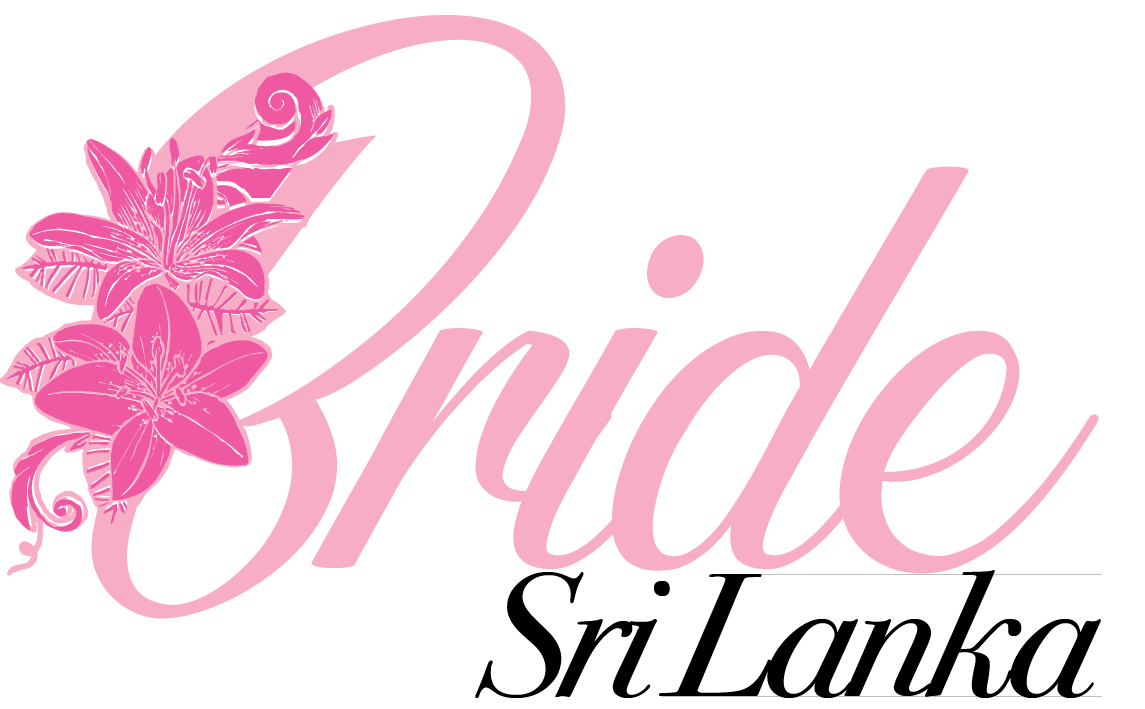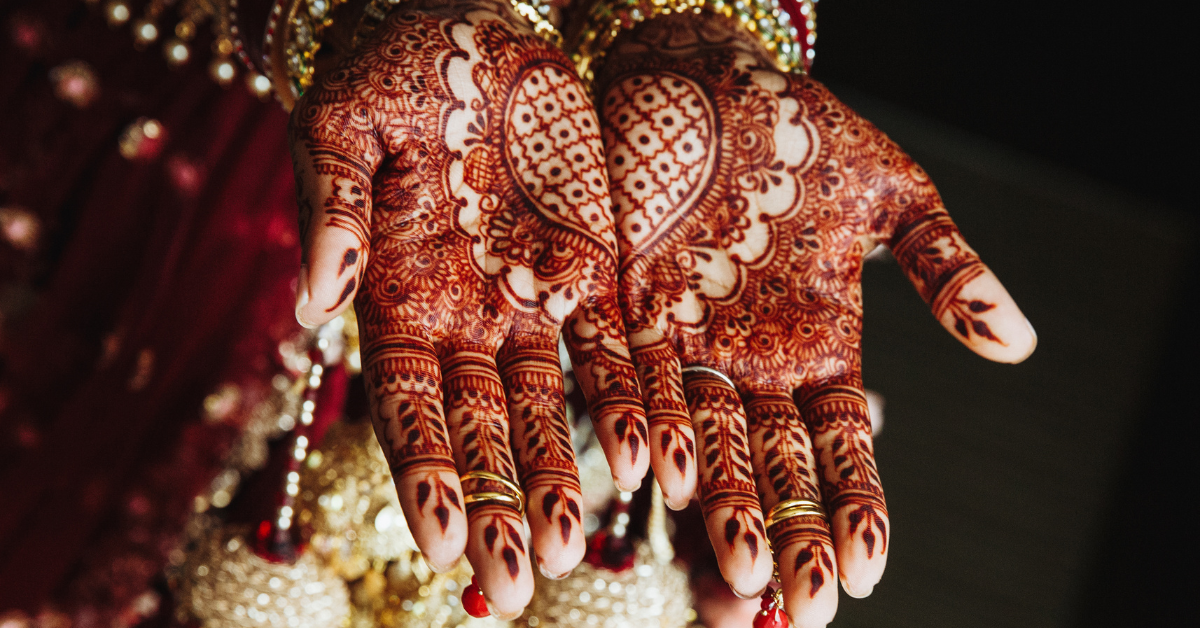Henna, or “Mehndi,” is an ancient form of body art that has been intricately woven into the fabric of wedding traditions across various cultures, particularly in South Asia, the Middle East, and North Africa(Henna in Weddings). Its significance goes beyond mere aesthetics, embodying deep-rooted cultural values, spirituality, and the joyous celebration of love and union.
Historical and Cultural Roots
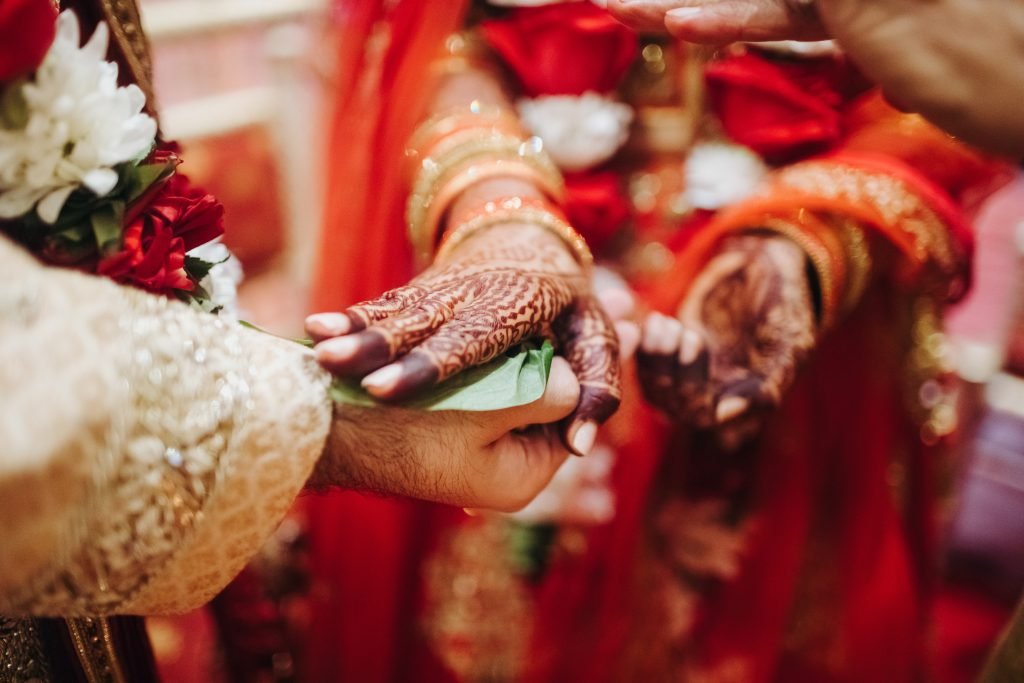
The history of henna dates back over 5,000 years, with origins in the deserts of North Africa, the Middle East, and India. The use of henna as a dye for the skin was not only a form of adornment but also served practical purposes, such as cooling the body in hot climates. Over time, it evolved into a symbol of beauty, femininity, and prosperity, becoming an indispensable part of wedding rituals.
In many cultures, the application of henna is believed to ward off evil spirits, ensuring that the bride is protected from any negative influences as she embarks on her new life journey. The ritual of applying henna is also seen as a form of blessing, invoking prosperity, health, and happiness for the couple.
The Henna Ceremony: A Celebration of Love and Unity
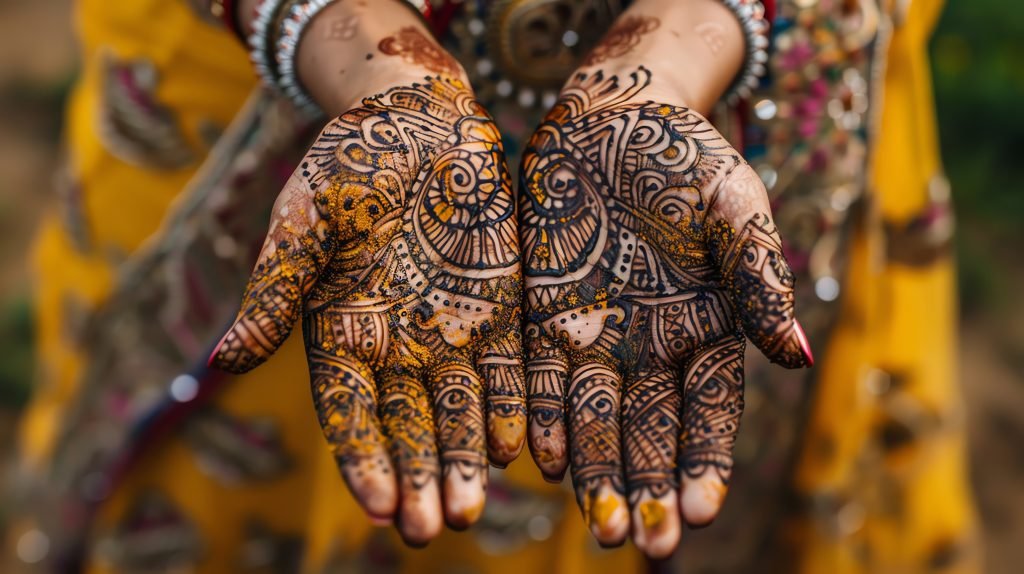
The henna ceremony, often referred to as “Mehndi Night” in South Asian cultures, is a pre-wedding event filled with music, dance, and festivity. This ceremony is not just about beautifying the bride; it is an opportunity for family and friends to come together in celebration. In many traditions, the bride’s female relatives and friends also apply henna, signifying their support and love for the bride.
During the ceremony, the bride is usually adorned in bright, festive attire, often in shades of green or yellow, symbolizing growth, fertility, and new beginnings. The atmosphere is filled with laughter, songs, and traditional music, making the event one of the most vibrant and joyous parts of the wedding celebrations.
The Art of Henna Design
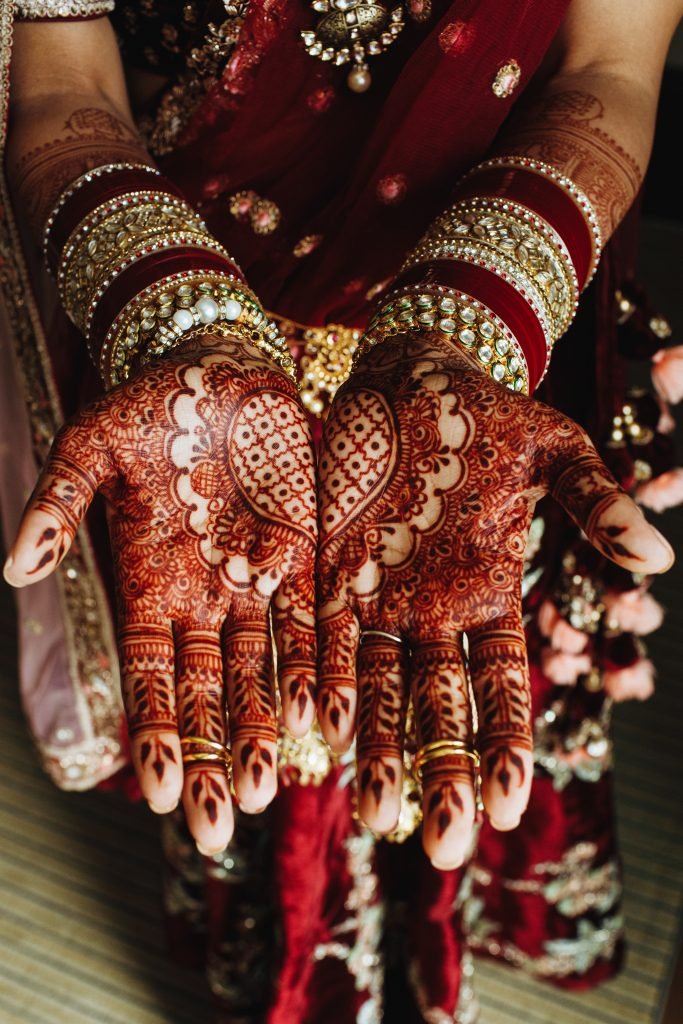
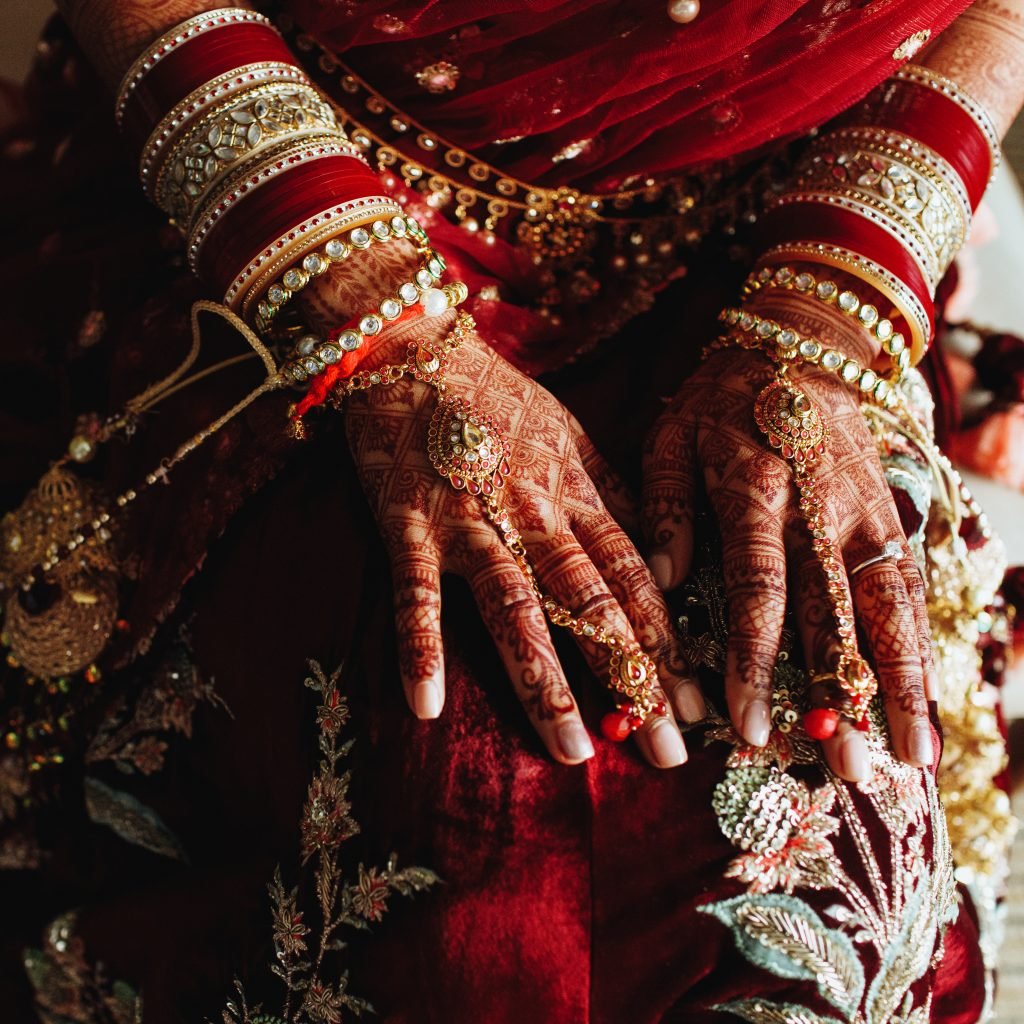
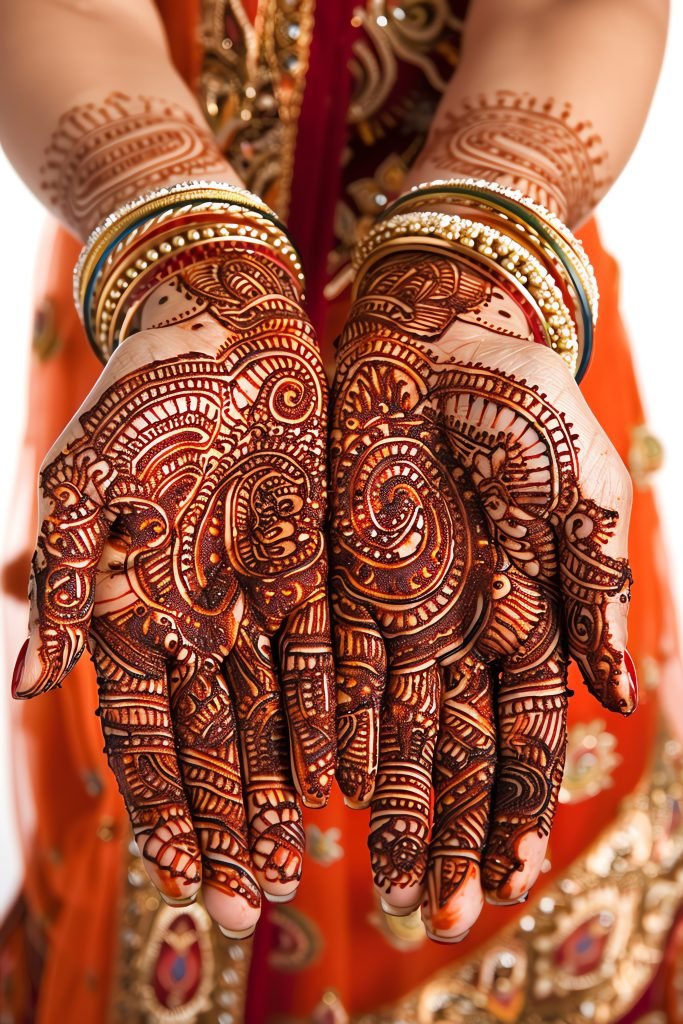
The artistry involved in henna application is as important as the ceremony itself. Professional henna artists, often women, are hired to create intricate designs on the bride’s hands, arms, and feet. The designs can vary widely depending on cultural and regional influences:
- Indian Designs: Typically include intricate patterns of paisleys, flowers, and vines, with elaborate detailing that covers almost the entire hand and feet. Often, the groom’s name is hidden within the design, which the groom must find on the wedding night as part of a playful ritual.
- Arabic Designs: These are more bold and flowing, with larger floral patterns and leaves that are less dense than Indian designs. Arabic designs often have a more contemporary look, with spaces left intentionally blank to highlight the boldness of the patterns.
- African Designs: Characterized by geometric shapes and patterns, these designs are more linear and symmetrical, often reflecting the cultural heritage and tribal affiliations of the bride.
The symbolism behind the designs is also profound. Flowers generally represent happiness and joy, vines symbolize longevity and strength in the relationship, and geometric shapes can signify the couple’s journey together.
The Symbolism of Henna Color
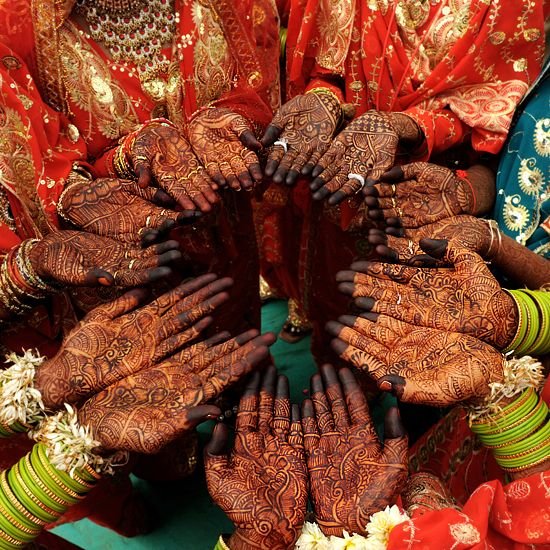
The color of henna is also laden with symbolism. Traditionally, it is believed that the darker the henna stain on the bride’s skin, the deeper the love between the couple and the stronger the relationship with the mother-in-law(Henna in Weddings). This belief adds an element of anticipation and excitement, as the bride and her family eagerly wait to see the final color the next day.
Henna in Modern Weddings – Henna in Weddings
In contemporary weddings, while traditional designs remain popular, there is also a growing trend towards personalization and innovation(Henna in Weddings). Brides today often opt for a mix of traditional and modern designs, incorporating elements like initials, wedding dates, or symbols that hold personal significance to the couple. White henna, glitter henna, and even metallic henna are also becoming popular, allowing brides to express their individuality while still honoring tradition.
Beyond the Bride: Henna’s Role for Guests and the Groom
While the bride is the focal point of the henna ceremony, the practice has extended to include guests and even the groom in some cultures. Bridesmaids and female relatives often get smaller, simpler designs, creating a sense of unity and shared celebration(Henna in Weddings). In certain traditions, the groom also receives a small henna design, symbolizing his participation in the ritual and his connection to the bride.
Conclusion: Henna as a Timeless Tradition
Henna is not just a decorative art form; it is a timeless tradition that bridges the past and present, weaving together cultural heritage, spiritual beliefs, and personal expression(Henna in Weddings). Its role in weddings is a testament to its enduring significance, as it continues to be a cherished ritual that brings beauty, joy, and meaning to one of the most important days in a couple’s life.

